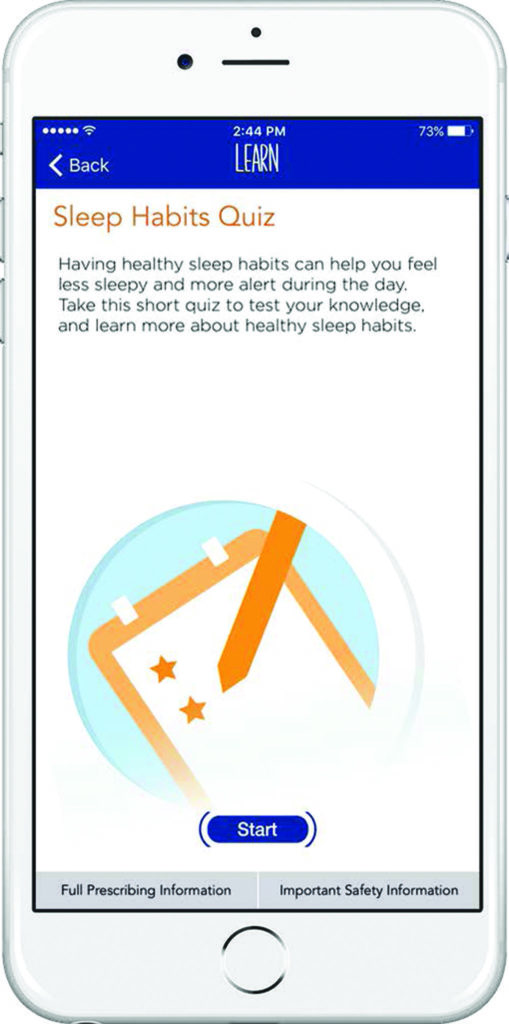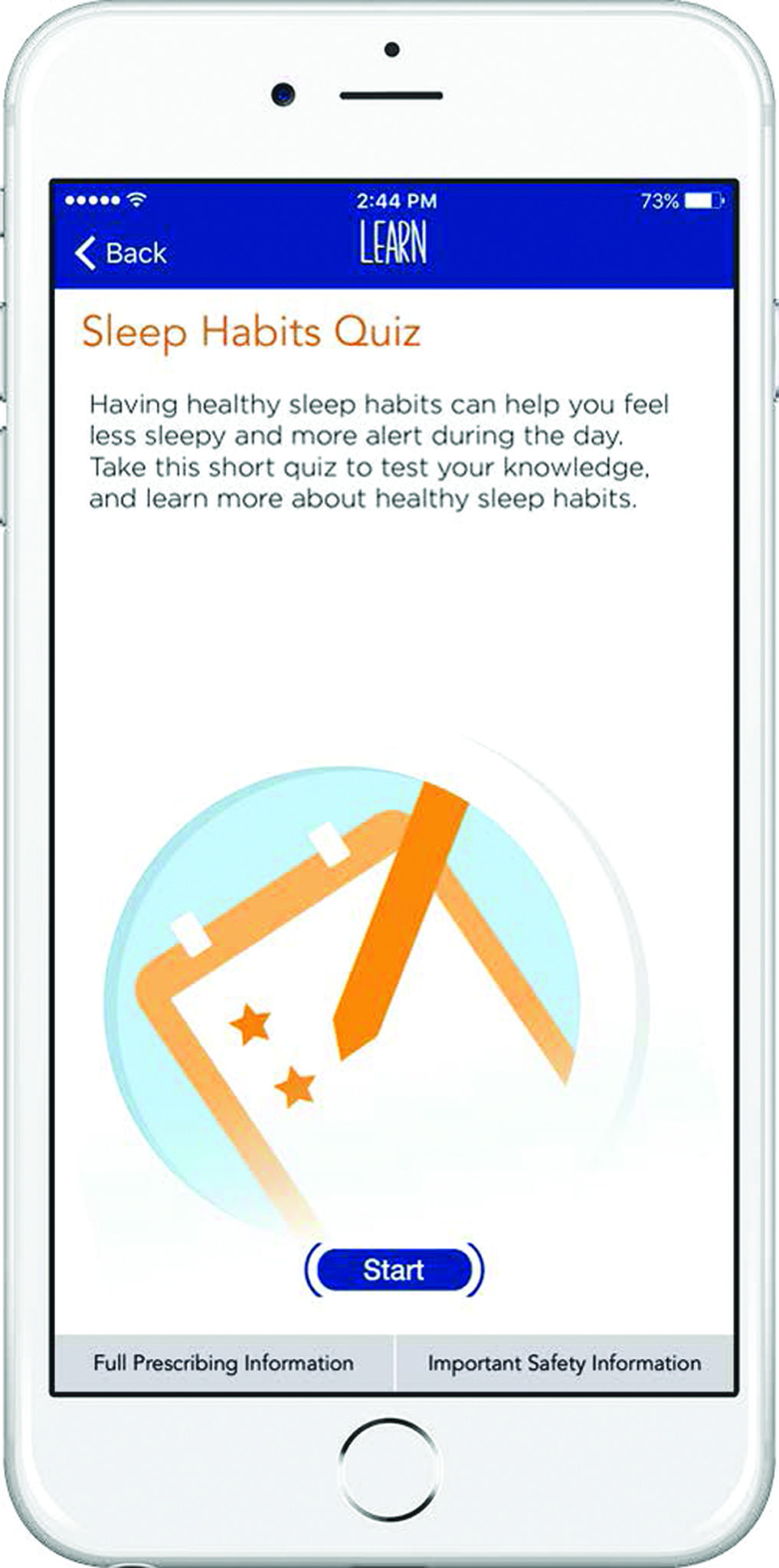Digital health interventions (DHIs) are an established part of the healthcare landscape and are likely to increase in number as technology advancements enable us to develop richer and more dynamic formats. What best-practice guidelines can we learn from health psychology to ensure they integrate seamlessly into patients’ lives, and are successful in helping individuals manage a chronic condition?
Digital health intervention is an umbrella term that defines a wide range of web-based packages delivered via computer or telephone that can help inform health behavior change in patients. More common or familiar examples include the use of patient portals to schedule healthcare appointments and track healthcare data, the use of integrated devices to support remote patient monitoring, and the use of e-learning platforms to support patient education in disease self-management.
Why Digital?
The very nature of digital interventions grants several advantages in terms of healthcare organization and logistics.
- Efficiency: Digital interventions are frequently used to automate the more routine aspects of healthcare. The automation of these more standardized aspects of healthcare enables the freeing up of healthcare resources to focus on more complex problems, ultimately leading to greater efficiencies in healthcare delivery.
- Accessibility: Digital interventions can support more equitable healthcare access by making services available to those patients who may find it difficult to attend a physical healthcare setting. For example, digital healthcare can enable those who may have once been geographically or financially restricted from accessing traditional services. Theoretically at least, digital interventions can be accessed from anywhere there is mobile coverage, and can be accessed at any time of the day.
- Engagement: Digital interventions can readily support more active patient engagement in healthcare and provide patients with a sense of ownership and control in relation to their health outcomes. To this end, digital interventions are thus inherently consistent with a patient-centric model of healthcare.
Digital Watch-Outs
While the allure of digital is powerful, and will likely continue, it is important to recognize that not all digital health interventions are created equal. Indeed, the research evidence on effectiveness across digital health interventions is mixed, and researchers have highlighted specific categories of weakness in intervention design and execution. Arguably, these weaknesses are most apparent in health-related apps, one of the most popular forms of intervention.
A review of this literature suggests that when it comes to creating an effective digital health intervention, there are two overarching concepts that are crucial to both intervention design and intervention execution:
1. Efficacy: Does the content of the intervention serve the purpose for which it was designed? For example, if the intervention is designed to support health behavior change, does the content address the factors that drive behavior change for that individual patient? Information alone is not enough to support behavior change, and a digital intervention is most effective if the information is tailored or personalized to the needs of the individual patient, not the needs of the patient population in general.
For example, creating content that resonates with a patient’s values and their own beliefs about their condition and treatment is more effective than providing standardized disease and treatment information. Efficacy in digital interventions is thus about creating content that is clinically accurate and reliable, as well as ensuring it is personally relevant and meaningful to the individual patient.
Making content relevant and meaningful to the patient is only possible if you know information about the patient’s beliefs upfront. This sort of patient information can be collected in a variety of ways. For example, you can ask patients a brief series of questions about their perspectives on their condition and treatment prior to their engaging with the intervention. More indirect methods include pulling personal patient data from integrated systems, such as electronic patient health records or wearable devices.
2. Patient usability: Is the design of the intervention intuitive, easy to use, and engaging enough for patients to want to initiate the intervention and continue to use it over time? Patient retention is a significant problem in digital health interventions, and the issue has received a lot of attention in the behavior change research literature, elevating the value of user experience testing.
One recent study1 reporting on the effectiveness of a digital intervention to promote heart health noted that of the nearly 90,000 registered users, only 6% (just under 550) revisited the intervention after completing a single module. Other studies demonstrate the problem of high discontinuation rates. Some are beginning to reveal reasons for this and highlight the importance of tailoring interventions to the individual, and making interventions more accessible and easy to use in the early stages to prevent drop-out2.
A robust and comprehensive user-testing plan can help prevent such high rates of patient discontinuation. User testing shouldn’t be viewed as something that is static, and only performed prior to the launch of an intervention. A one-and-done approach doesn’t set up a program for success. Rather, user testing should be integrated and incorporated into the lifecycle of an intervention. In this way, lessons on the intervention’s usability can be accessed at any point, and refinements made dynamically as aggregated patient usability data demands. Digital health interventions need to be built in a way that is flexible enough to be responsive to ongoing data-defined refinements. In the same way that a well-utilized intervention cannot be effective if it is not valid and reliable, a valid and reliable clinical intervention cannot be effective if patients do not use it.

Collaborating on Interventions
In acknowledging the significance of both efficacy and usability in intervention design and execution, it follows then that the most effective digital interventions are often those designed and built in collaboration with clinical and theoretical experts in behavior change and experts in user-design experience and human-centered design.
In short, what a patient should expect from an effective digital intervention is not dissimilar to what a patient should expect of their healthcare professional: Clinical expertise and knowledge, tailored to the individual needs of the patient, and communicated in a way that is engaging.
References:
- Brouwer, W., et al., “Characteristics of Visitors and Revisitors to an Internet-delivered Computer-tailored Lifestyle Intervention\Implemented for Use by the General Public.” Health Educ Res, 2010. 25(4), 585-95.
- Wangberg, S., et al., “Adherence in Internet-based Interventions.” Patient Preference & Adherence, 2008, 57-65.







